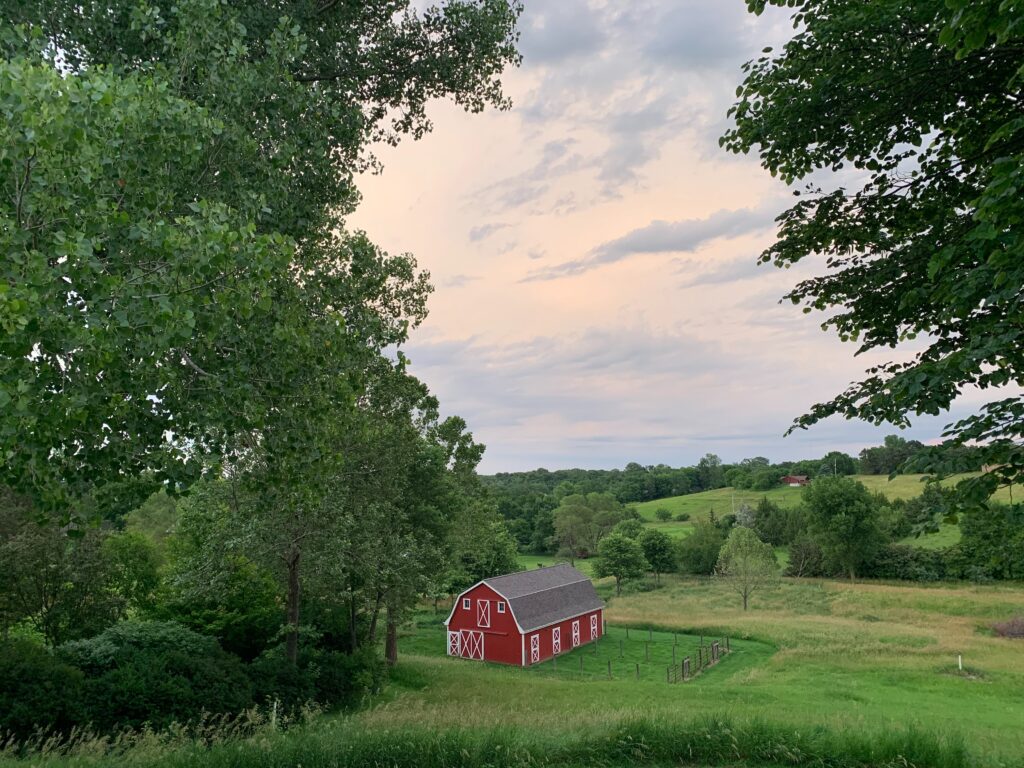As an interest in land conservation has grown among both the public and private sectors in the last decade, land trusts have become an increasingly popular avenue for encouraging and enforcing conservation practices. While there are various types of land trusts, nonprofit land trusts protect lands for conservation and preservation purposes through legal tools like conservation easements and restricted deeds. For example, restricted deeds accomplish conservation goals by prohibiting development on specific parcels of land. This is part one of a series of blog posts discussing the legal challenges that can arise with nonprofit land trusts. This article provides an overview of nonprofit land trusts and looks ahead to the legal challenges the blog series will cover.
Defining Land Trusts
While there are various types of land trusts, this article will focus on land trusts that operate as a 501(c)(3) nonprofit for the purpose of preserving or protecting open space. This type of land trust is not a trust in the traditional legal definition, but rather a nonprofit, charitable organization which manages land either through outright ownership or conservation easements. Because these land trusts operate as 501(c)(3) nonprofits, landowners who donate land or sell their development rights to a land trust will enjoy certain tax benefits. A land trust may be on a national, regional, or local level, and can serve different purposes for the land it manages. For example, land trusts can be created for conservation purposes, such as protecting wildlife habitats or wetlands, or community preservation purposes, such as preserving historic sites or farmland. With the varying goals of each land trust, the terms of land trust agreements with landowners will differ depending on the needs of the area.
How are Land Trusts used in Agriculture?
Nonprofit land trusts can be used for preserving a space for agricultural uses. A farmer or rancher may enter into an agreement with a land trust to ensure their land remains operational farmland. By entering into this agreement, a farmer can give their rights of development to the land trust while still maintaining ownership of the land. A farmer might seek to do this for income tax benefits or for the purpose of prohibiting the advancement of urban encroachment. To learn more about farmland preservation programs please visit NALC’s Urban Encroachment reading room.
Conservation Easements used in Land Trusts
A conservation easement is a tool that is often utilized by a land trust to accomplish certain conservation goals. Property is often described as a bundle of sticks with the bundle representing the property as a whole and each stick representing a different right the property owner possesses. The property owner therefore can still own the whole bundle but designate individual sticks to others to possess a certain right. For example, a land trust that possesses a conservation easement on a piece of land will usually possess the development rights of the property, but they do not outright own the property itself. As a result, the landowner and the land trust generally enter into an agreement to define the terms of the arrangement between the parties. Additionally, landowners who donate their land to a nonprofit land trust through a conservation easement will be entitled to certain tax benefits.
Restricted Deeds in Land Trusts
Another legal tool used by nonprofit land trusts is a deed restriction. In some instances, a property owner will deed the entire property over to a land trust. The deed may contain a restrictive covenant that runs with the land. A covenant running with the land is an agreement between two or more parties regarding the use of the land that will continue with subsequent owners of the property. Unlike a conservation easement, there are no federal tax benefits for a restricted deed. Additionally, when land with restrictions is donated to a tax-exempt charitable organization, the resulting tax deduction will be diminished by the reduced value the restrictions created on the land.
Legal Issues with Land Trusts
As land trusts have become a more popular method of conservation and preservation, several legal issues have developed. While most nonprofit land trusts will have agreements that determine uses or activities allowed on the land, a dispute can arise when either the land trust or the property owner seeks to develop the property. Depending on the terms of the agreement, the landowner will likely be restricted from certain activities and may be required to obtain approval from the land trust before building structures on the land or engaging in certain recreational or agricultural activities. Additionally, disputes around who has the authority to enforce the agreement may arise. This issue is particularly relevant when a land trust goes out of business or merges with another land trust with different agreement terms.
Certain tax benefits are enjoyed by landowners who donate their land or development rights to a nonprofit land trust. Since the land will be without the capacity for development, its value will decrease. This reality can be used as an estate planning tool for landowners; however, in recent years, the Internal Revenue Service has sought to crack down on what they have perceived as abuse in land appraisals and resulting improperly large deductions.
Conclusion
Nonprofit land trusts are 501(c)(3) charitable organizations that protect land for conservation and preservation purposes. Through tools like conservation easements and restricted deeds, nonprofit land trusts are a great resource to protect open space while providing benefits to landowners. A myriad of legal issues has come to light as nonprofit land trusts have grown more popular in use. The next article in this series will focus on what constitutes a development on a land trust.
